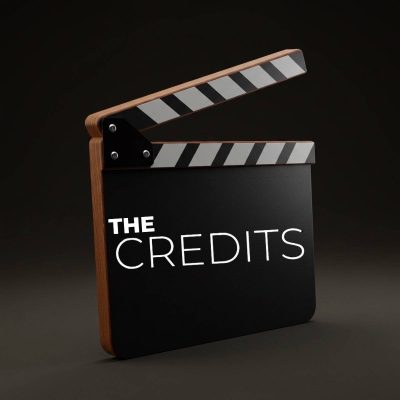What Does “The Fantastic Four” Retro Illustration Suggest About Marvel’s Big Announcement?
Yesterday, Marvel made major headlines (and filled the hearts of many fans on Valentine’s Day) by revealing the cast of their upcoming, long-awaited reboot of The Fantastic Four.
As expected—but until yesterday unconfirmed—Pedro Pascal has indeed been cast as Reed Richards, aka Mr. Fantastic, and he’ll be joined by Vanessa Kirby as Sue Storm/The Invisible Woman, Joseph Quinn as Johnny Storm/The Human Torch, and Ebon Moss-Bachrach as Ben Grimm/the Thing. It’s major news, as the Fantastic Four are literally Marvel’s First Family, the very first superheroes created by the legends Stan Lee and Jack Kirby.
The reboot has been a long time coming. Marvel Studios finally got the rights to Fantastic Four in 2019 when Disney acquired 21st Century Fox, and they’ve been taking their time on how to reintroduce such legendary characters who, if all goes well, might finally make up for the loss of Robert Downey Jr.’s Iron Man, Chris Evan’s Captain America, and Scarlett Johannson’s Black Widow, all of whom said goodbye in various ways during Avengers: Endgame. Marvel will also make sure their new-look Four will differ in tone, substance, and style from the three films Fox produced—Fantastic Four (2005), Fantastic Four: The Rise of the Silver Surfer (2007), and a reboot, Fantastic Four (2015).
That style and tone might have been hinted at (let’s be honest, definitely was hinted at) in a new illustration Marvel revealed with the announcement—a snazzy illustration depicting the four stars, with Moss-Bachrach’s Ben Grimm fully in Thing mode.
Here’s the art for The Fantastic Four that Marvel shared on Instagram:
View this post on Instagram
It’s a great illustration, yet it also offers some potential clues as to how Marvel and director Matt Shakman are approaching re-introducing one of the most iconic super-teams in the canon. In the comics, the Fantastic Four’s abilities stemmed from exposure to cosmic rays while on a mission in their role as astronauts. This exposure is what gave the foursome their awesome abilities, from Reed Richard’s super elasticity to Sue Storm’s invisibility. The script for the new film comes from Josh Friedman, Jeff Kaplan, and Ian Springer.
The illustration offers a few clues. The most obvious is the overall aesthetic, with the retro title, the mid-century modern costumes and furniture. More interestingly, look at the magazine Ben Grimm is reading—it’s an issue of Life from December 1963. That makes it a fairly safe assumption that The Fantastic Four will be a period piece set in the 60s, which is something Shakman proved so capable of capturing with his stellar period work in WandaVision.
If The Fantastic Four is indeed set in the 1960s, that means it’ll exist apart from what’s going on right now in the major MCU timelines, possibly in a parallel world, considering we haven’t heard about them in any of the MCU films (you think someone like Nick Fury would have mentioned them by now). This will offer Marvel and Shakman something of a blank canvas, manna from heaven for filmmakers and performers looking to make the film their own. Sure, Marvel will connect The Fantastic Four to the broader MCU, with 2027’s Avengers: Secret Wars as the most likely convergence point for the Fantastic Four to merge with the rest of the franchise if they follow the storyline from the “Secret Wars” comics run from 2015. Yet, for now, setting the film in the 1960s and giving the characters the literal time and space to do their own thing sounds like a great plan for Marvel.
For more on all things Marvel Studios, check out these stories:
Mark Ruffalo Not Returning as Hulk in “Captain America: Brave New World”
“Deadpool & Wolverine” Makes History as Most Watched Trailer Ever
First “Deadpool & Wolverine” Images Tease the Start of a Beautiful Relationship
Featured image: Logo art for The Fantastic Four.



